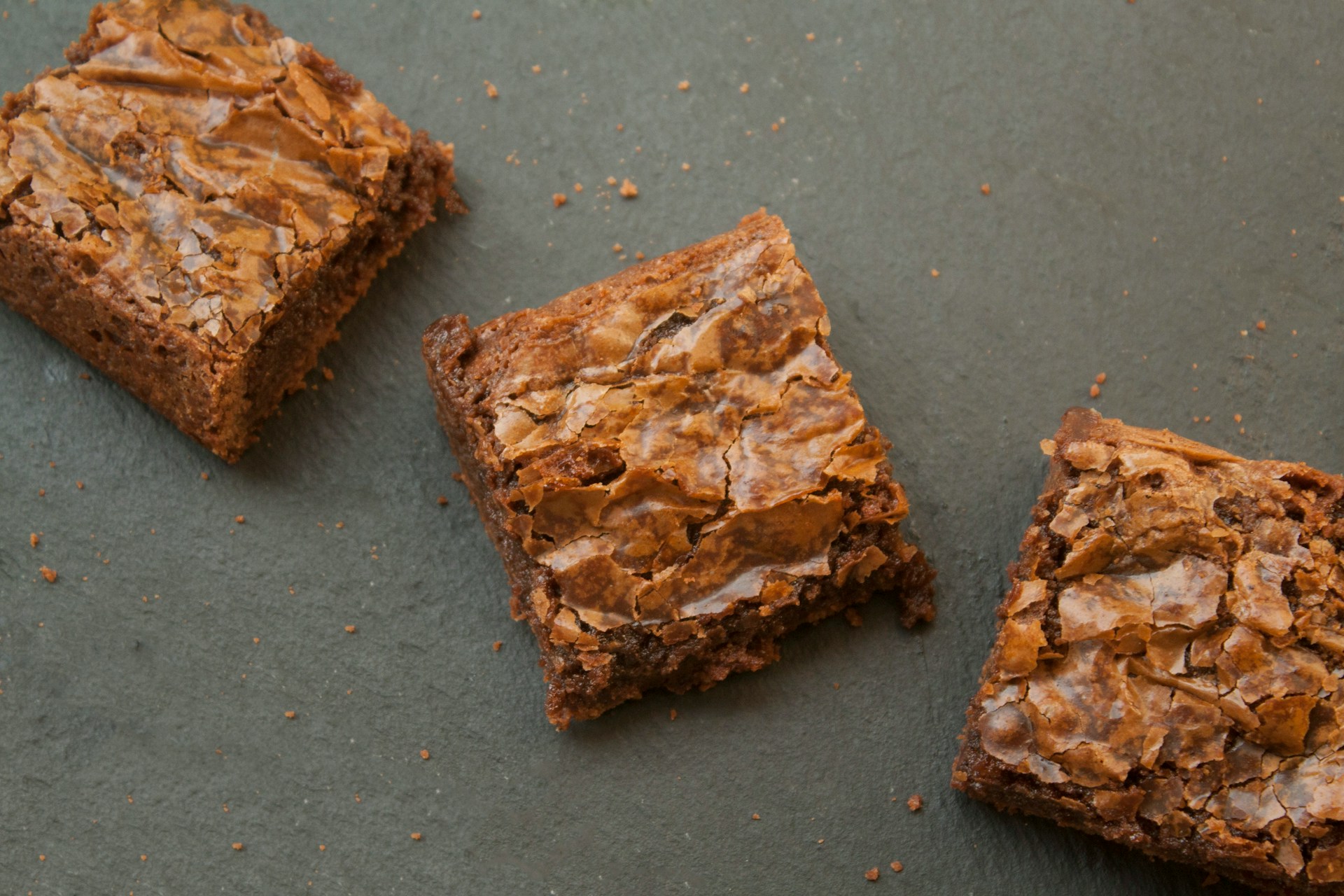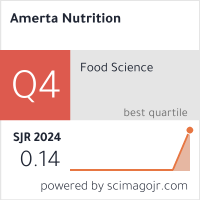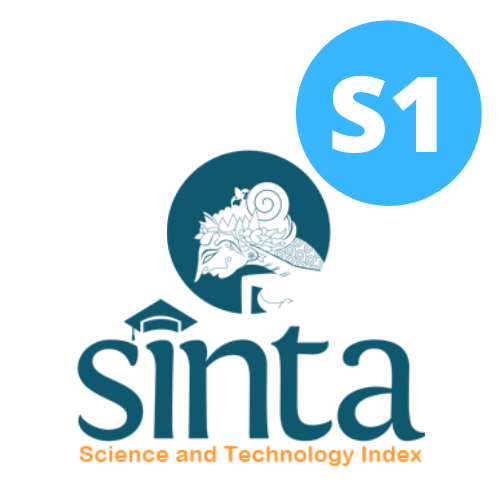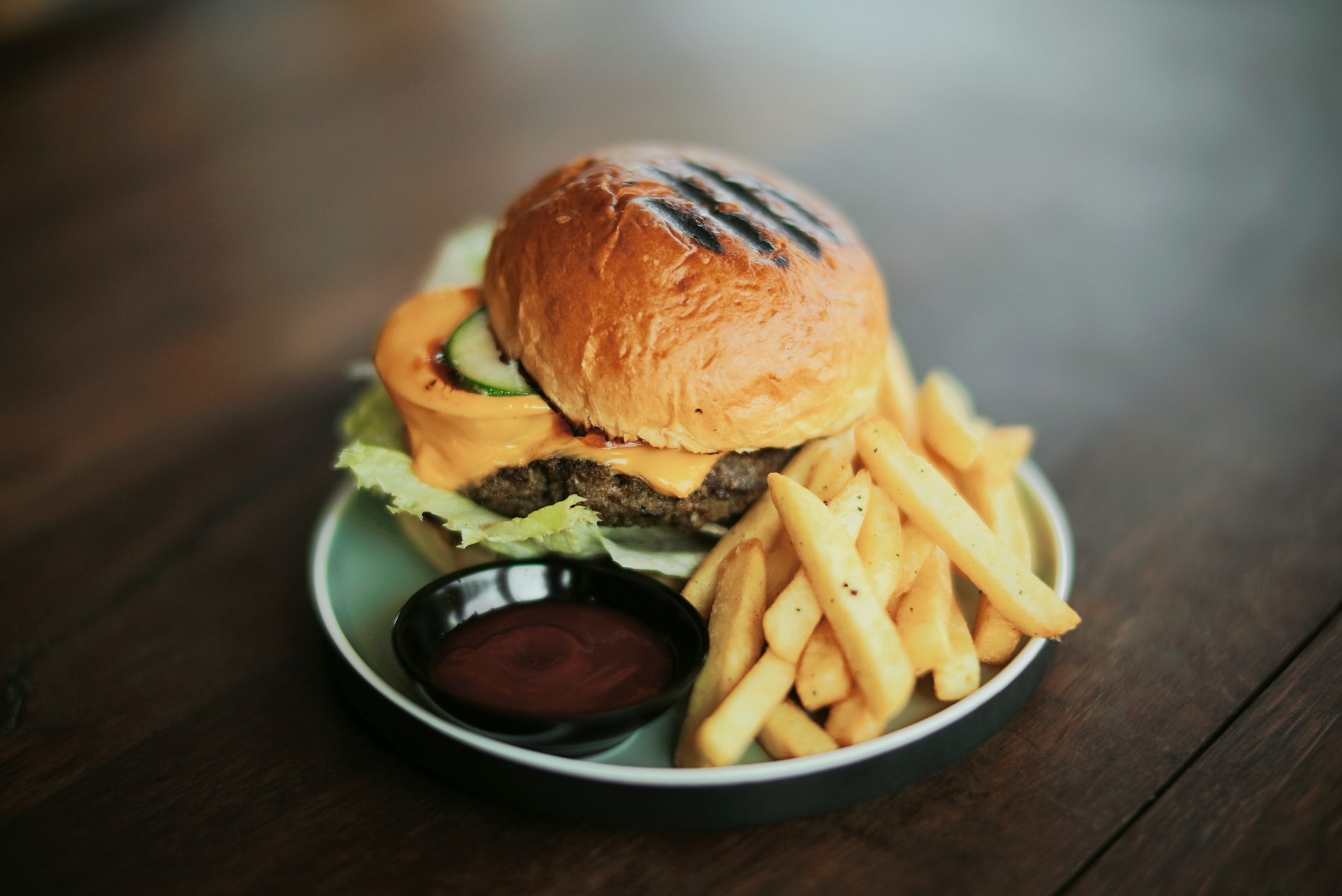Analysis of Differences in Breast Milk Production and Nutritional Status of Breastfeeding Mothers in Limo Subdistrict, Depok Before and After Consuming Food Bars Made from Katuk (Sauropus Androgynus) and Torbangun (Coleus Amboinicus) Leaves
Analisis Perbedaan Hasil Produksi ASI dan Status Gizi Ibu Menyusui sebelum dan setelah Konsumsi Food Bar Tepung Daun Katuk (Sauropus Androgynus) dan Daun Torbangun (Coleus Amboinicus) di Kelurahan Limo, Depok

Background: Some mothers perceive that their breast milk production is insufficient, which hinders them from breastfeeding their infants. Based on data from the Indonesian Ministry of Health in 2022, only 52.2% of infants in Indonesia receive exclusive breastfeeding, below the target of 80%. Previous research shows that the consumption of food bars made from a combination of torbangun and katuk leaf flour can increase breast milk production, compared to consuming the leaves separately. Additionally, maternal nutritional status also plays a role. Mothers with good nutritional status tend to produce breast milk of better quantity and quality.
Objectives: This study aimed to evaluate and compare the effectiveness of food bars made from katuk and torbangun leaf flour in increasing breast milk production and the nutritional status of breastfeeding mothers in Limo Subdistrict, Depok.
Methods: This study employed a quasi-experimental method with a pre- and post-test without control group design. This study was conducted for four days. Data were analyzed using the Shapiro-Wilk test for normality, followed by appropriate statistical tests (paired t-test if normally distributed or Wilcoxon test if non-normally distributed). The sample consisted of 15 participants selected through simple random sampling.
Results: The paired t-test results showed a p-value of <0.001, indicating a significant difference in breast milk production before and after the consumption of food bars made from katuk and torbangun leaf flour. However, the analysis of maternal nutritional status yielded a p-value of 0.317 (>0.05), indicating no significant difference in maternal nutritional status before and after the consumption of the food bars.
Conclusions: The findings indicate that consuming food bars made from katuk and torbangun leaf flour effectively increases breast milk production. However, their consumption does not significantly affect the nutritional status of breastfeeding mothers.
Febriyanti, H. et al. Ekstrak Daun Torbangun (Coleus Amboinicus Lour): Untuk Produktivitas Asi Pada Ibu Menyusui. 1–49 (2021). ISBN: 9786233155595.
Fadilah, T. F. & Setiawati, D. Aspek Imunologi Air Susu Ibu Dan Covid-19. J. Penelit. Dan Karya Ilm. Lemb. Penelit. Univ. Trisakti 6, 44–67 (2021). https://doi.org/10.25105/pdk.v6i1.8629.
Harshindy, N. A. & Rahardjo, B. B. Analisis Analisis Pelaksanaan Program Asi Eksklusif di Posyandu. Indones. J. Public Heal. Nutr. 2, 60–66 (2022). https://doi.org/10.15294/ijphn.v2i1.51375.
Kemenkes RI. Laporan Kinerja Kementerian Kesehatan 2021. Kementrian Kesehat. RI 23 (2021).
Kemenkes RI. Temu Media Pekan Menyusui Sedunia Tahun 2023. Enabling Brestfeeding 1–10 (2023).
BPS. Persentase Pemberian Air Susu Ibu (ASI) Eksklusif pada Bayi <6 Bulan Berdasarkan Kabupaten/Kota di Jawa Barat Deskripsi. (2023).
Asnidawati, A. & Ramdhan, S. Hambatan Pemberian ASI Eksklusif Pada Bayi Usia 0-6 Bulan. J. Ilm. Kesehat. Sandi Husada 10, 156–162 (2021). https://doi.org/10.35816/jiskh.v10i1.548.
Bakara, S. M. & Fikawati, S. Perceived Insufficient Milk (PIM) Among Mothers of 0-6 months Infants in Cipayung Health Centre, Depok, Indonesia: A Qualitative Study. Proc. Int. Conf. Appl. Sci. Heal. 6, 143–148 (2018). https://publications.inschool.id/index.php/icash/article/view/767.
Sari, C. R. & Dewi, I. P. Determinan Persepsi Ketidakcukupan ASI (PKA) pada Ibu Menyusui. J. Ilm. Gizi Kesehat. 3, 53–61 (2022). https://doi.org/10.46772/jigk.v3i02.643.
Gatti, L. Maternal Perceptions of Insufficient Milk Supply in Breastfeeding. MCN Am. J. Matern. Nurs. 40, 355–363 (2008). https://doi.org/10.1097/01.nmc.0000357926.38421.f6.
Gusriani, Wahida, Nur Indah & Noviyanti. Status Gizi Ibu Dan Persepsi Ketidakcukupan Asi (Air Susu Ibu). J. Ilm. Kedokt. dan Kesehat. 2, 152–159 (2023). https://doi.org/10.55606/klinik.v2i1.1198.
Sajek Prayekti, I., Razak Thaha, A., Indriyasari, R. & Hidayanty, H. Efektivitas Daun Kelor (Moringa Oleifera) Sebagai Galaktogog Pada Ibu Menyusui : An Update Systematic Review. J. Indones. Community Nutr. 10, 194–207 (2021). https://doi.org/10.30597/jgmi.v10i2.14834.
Prahesti, R. et al. Daun torbangun ( coleus amboinicus l) meningkatkan kadar prolaktin dan produksi asi pada ibu menyusui torbangun ( coleus amboinicus l) increase prolactin levels and breast milk production in breastfeeding mothers. J. Media Ilmu Kesehat. 9, 21–25 (2020). P-ISSN 2252-3413 dan E-ISSN 2548-6268.
Niar, A., Dinengsih, S. & Siauta, J. Factors Affecting the Production of Breast Milk Breastfeeding Mother at Harifa RSB, Kolaka District Southeast Sulawesi Province. J. Kebidanan Midwiferia 7, 10–19 (2021). https://doi.org/10.21070/midwiferia.v7i2.1288.
Budiarti, N. I. S. & Kintoko. Studi Etnomedisin Daun Katuk (Sauropus androgynus (L.) Merr.) Untuk ASI Booster Di Sumberan Ngestiharjo Kasihan Bantul. Int. J. Islam. Med. 2, 2021 (2021). http://dx.doi.org/10.55116/IJIM.V1I1.21.
Retni, A. & Ayuba, A. Pola Konsumsi Pada Ibu Hamil Kek Di Wilayah Kerja Puskesmas Talaga Jaya Kabupaten Gorontalo. Zaitun (Jurnal Ilmu Kesehatan) 8, 1–11 (2021). https://doi.org/10.31314/zijk.v8i1.1154.
Lutfiani, L. & Nasrulloh, N. Total Flavonoid dan Aktivitas Antioksidan Food bar Torbangun – Katuk terhadap Efektivitas Produksi ASI. Amerta Nutr. 7, 88–97 (2023). https://doi.org/10.20473/amnt.v7i1.2023.88-97.
Kementrian Kesehatan RI, P. P. K. K. Buku Saku Petugas Lapangan Penanggulangan Krisis Kesehatan. (2014).
Lutfiani, L. Fortifikasi Food bar Dengan Daun Torbangun dan Daun Katuk Sebagai PMT Darurat Ibu Menyusui Saat Bencana. 3, 6 (2021).
Damanik, R., Wahlqvist, M. L. & Wattanapenpaiboon, N. Lactagogue effects of Torbangun, a Bataknese traditional cuisine. Asia Pac. J. Clin. Nutr. 15, 267–274 (2006).
Coward, W. . Measuring_Milk_Intake_in_Breast_Fed_Babies.20.pdf. at (1984).
Purborini, S. F. A. & Rumaropen, N. S. Hubungan Usia, Paritas, dan Tingkat Pendidikan dengan Kehamilan Tidak Diinginkan Pada Pasangan Usia Subur di Surabaya. Media Gizi Kesmas 12, 207–211 (2023). https://doi.org/10.20473/mgk.v12i1.2023.207-211.
Riyanti, N., Devita, R. & Wahyuni, D. Analisis Faktor Yang Berhubungan Dengan Risiko Kehamilan Pada Ibu Hamil. J. ’Aisyiyah Med. 6, (2021). https://doi.org/10.36729/jam.v6i2.657.
Ifada,L.P.,Maryanti,S.A.&Bachri,S. Relationship of Parity With Exclusive Breast Milk in Infants Age 7-12 Months. DNHJ(D'Nursing and Heaaaalt Joutrnal.Ilm. Kesehat. 4(1), 1-15 (2022). E-ISSN: 2774-3810, P-ISSN: 2774-3802.
Leiwakabessy, A. & Azriani, D. Hubungan Umur, Paritas Dan Frekuensi Menyusui Dengan Produksi Air Susu Ibu. J. Midwifery Sci. Women’s Heal. 1, 27–33 (2020). https://doi.org/10.36082/jmswh.v1i1.162.
Fridalni, N., Guslinda, Minropa, A. & Rini Rahmayanti. Hubungan Perawatan Payudara Dengan Produksi Asi Pada Ibu Menyusui Di Kecamatan Padang Timur Kota Padang. J. Kesehat. Mercusuar 3, 52–59 (2020). https://doi.org/10.36984/jkm.v3i2.159.
Fadlliyyah, U. R. Determinan Faktor Yang Berpengaruh Pada Pemberian Asi Eksklusif Di Indonesia. Ikesma 15, 51 (2019). https://doi.org/10.19184/ikesma.v15i1.14415.
Ramli, R. Correlation of Mothers’ Knowledge and Employment Status with Exclusive Breastfeeding in Sidotopo. J. PROMKES 8, 36 (2020). https://doi.org/10.20473/jpk.v8.i1.2020.36-46.
Ekaputri, R., Ismed, S. & Afrika, E. Faktor-faktor yang Mempengaruhi Pengeluaran ASI pada Ibu Postpartum Di Wilayah Kerja Puskesmas Tanjung Agung Kecamatan Tanjung Agung Kabupaten Muara Enim Tahun 2021. J. Ilm. Univ. Batanghari Jambi 22, 753 (2022). https://doi.org/10.33087/jiubj.v22i2.1814.
Handayani, S. et al. The Effect of Katuk Leaf (Sauropusandrogynus L. Merr.) Biscuit Consumption toward Increasing Breastmilk Volume on the 10th Day. J. Phys. Conf. Ser. 1594, (2020). https://doi.org/10.1088/1742-6596/1594/1/012051.
Oktaviya, E., Syamsiah, S. & Rifana, A. J. Efektivitas Pemberian Sayur Daun Bangun-Bangun Terhadap Peningkatan Produksi Asi Di Wilayah Puskesmas Kaduhejo Kabupaten Pandegalang. J. Ilm. Kesehat. dan kebidanan vol.IX, 1–9 (2020). https://dx.doi.org/10.30604/jika.v8i4.2381.
Damanik, R. M., Kustiyah, L., Hanafi, M. & Iwansyah, A. C. Evaluation Lactogenic Activity of Ethyl Acetate Fraction of Torbangun (Coleus amboinicus L.) Leaves. Iopscience.Iop.Org 8, 68–74 (2017). https://doi.org/10.1088/1755-1315.
Izzaty, R. E., Astuti, B. & Cholimah, N. Gambaran penggunaan galaktagog (obat kimia dan herbal) pada ibu menyusui. 5–24 (2020). http://dx.doi.org/10.21776/ub.pji.2020.005.02.3.
Kemenkes. FactSheet_Obesitas_Kit_Informasi_Obesitas.pdf. Epidemi Obesitas 1–8 at (2021).
Amela, K. Pengaruh fortifikasi ekstrak perasan daun katuk dan ekstrak perasan daun torbangun terhadap kandungan gizi cookies untuk ibu postpastrum. Aleph 87, 149–200 (2023).
Hapsari, Q. C., Rahfiludin, M. Z. & Pangestuti, D. R. Hubungan Asupan Protein , Status Gizi Ibu Menyusui , dan Kandungan Protein pada Air Susu Ibu ( ASI ) : Telaah Sistematik. 372–378 (2021).
https://doi.org/10.14710/mkmi.20.5.372-378 .
Sari, C. R. & Dewi, I. P. Determinan Persepsi Ketidakcukupan ASI (PKA) pada Ibu Menyusui. J. Ilm. Gizi Kesehat. 3, 53–61 (2022). https://doi.org/10.46772/jigk.v3i02.643.
Copyright (c) 2025 Amerta Nutrition

This work is licensed under a Creative Commons Attribution-ShareAlike 4.0 International License.
AMERTA NUTR by Unair is licensed under a Creative Commons Attribution-ShareAlike 4.0 International License.
1. The journal allows the author to hold the copyright of the article without restrictions.
2. The journal allows the author(s) to retain publishing rights without restrictions
3. The legal formal aspect of journal publication accessibility refers to Creative Commons Attribution Share-Alike (CC BY-SA).
4. The Creative Commons Attribution Share-Alike (CC BY-SA) license allows re-distribution and re-use of a licensed work on the conditions that the creator is appropriately credited and that any derivative work is made available under "the same, similar or a compatible license”. Other than the conditions mentioned above, the editorial board is not responsible for copyright violation.












































